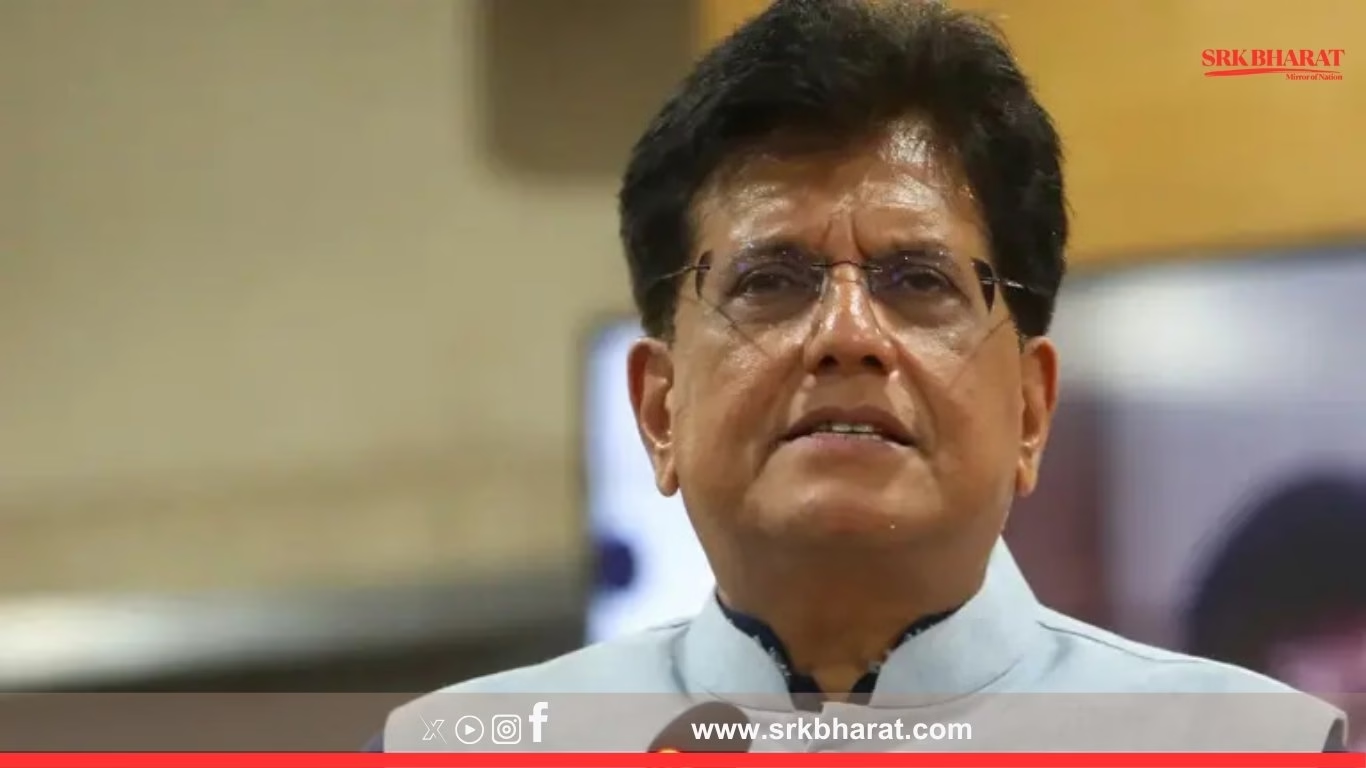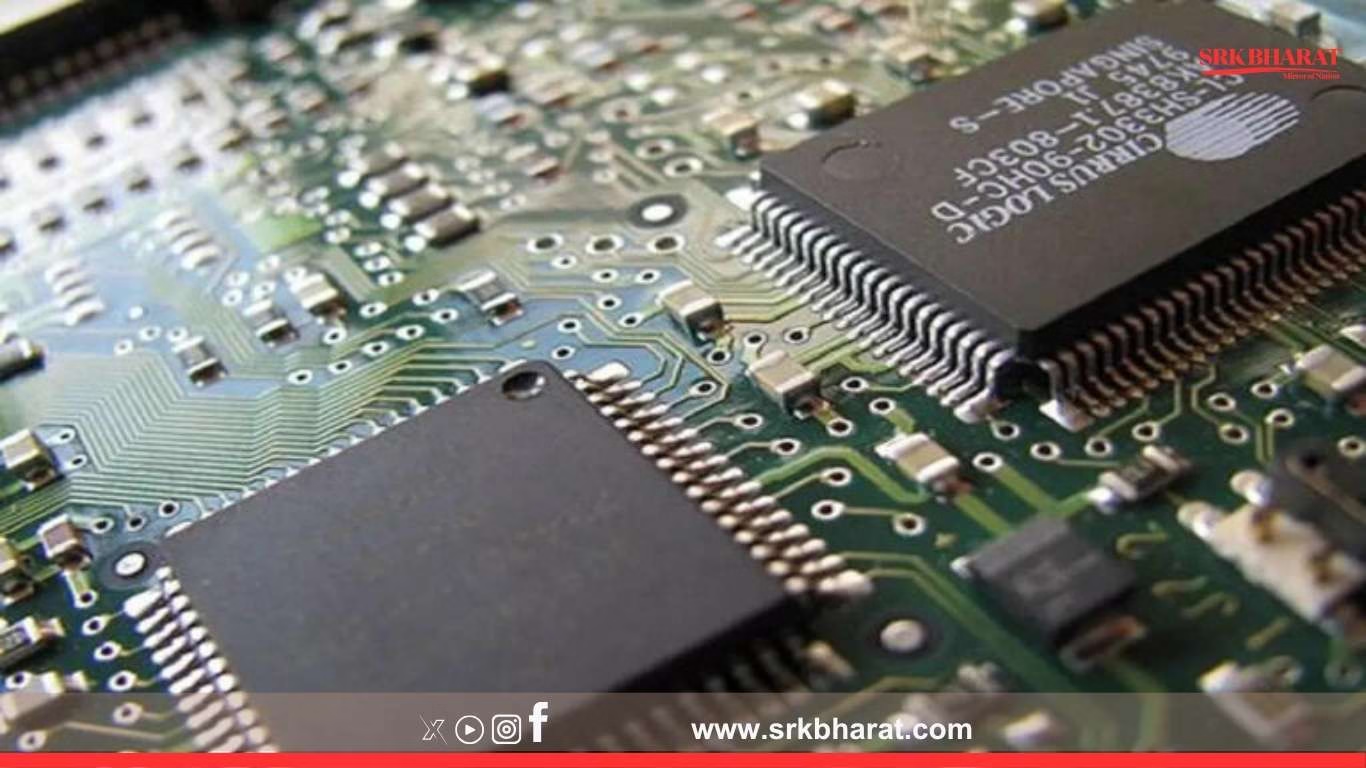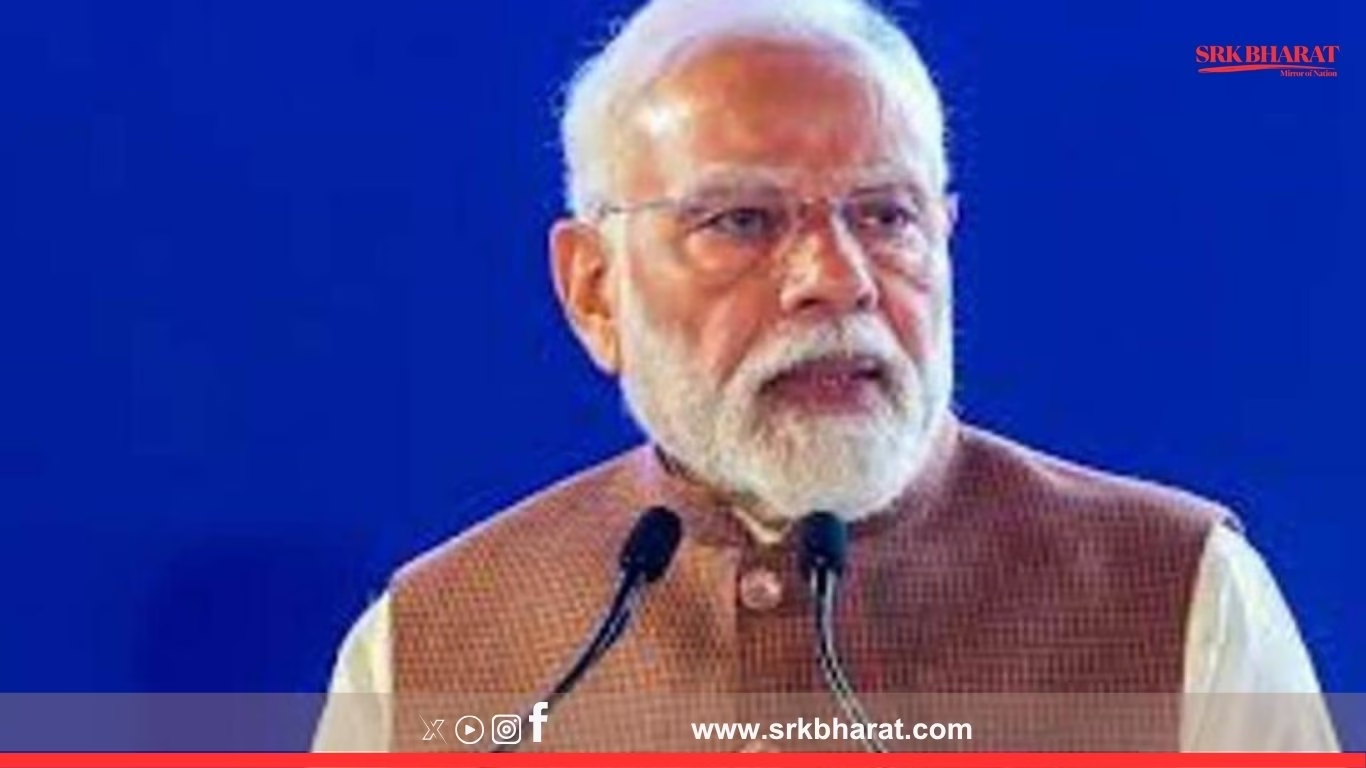In a major statement underscoring India’s clean energy ambitions, Union Minister of Commerce and Industry, Consumer Affairs, Food and Public Distribution, and Textiles, Piyush Goyal, highlighted that the country has achieved an unprecedented 4000% growth in solar power capacity over the last decade, with total installed renewable energy capacity reaching 227 GW as of mid-2025.
Speaking at a recent industry event, Goyal termed this growth as a “transformational achievement”, positioning India among the leading global players in solar and clean energy deployment.
India’s solar power journey: From MW to GW leadership
India’s solar capacity has expanded dramatically from just 2.6 GW in 2014 to nearly 110 GW in 2025, reflecting a staggering 4000% increase over the past 11 years. This growth trajectory is driven by aggressive government policies, declining solar module costs, large-scale solar park initiatives, and heightened private sector participation.
| Solar Capacity Growth (2014-2025) | Installed Capacity (GW) |
|---|---|
| 2014 | 2.6 |
| 2016 | 9.0 |
| 2018 | 25.2 |
| 2020 | 38.0 |
| 2022 | 60.0 |
| 2023 | 90.0 |
| 2025 (est) | 110.0 |
Renewable energy landscape at 227 GW
Apart from solar, India’s total renewable energy installed capacity stands at 227 GW, including:
- Wind energy: ~45 GW
- Hydropower: ~52 GW
- Biomass & waste-to-energy: ~10 GW
- Small hydro and others: ~10 GW
- Solar energy: ~110 GW
This positions India as the world’s third-largest renewable energy market, behind China and the US, with an ambitious target of 500 GW non-fossil fuel capacity by 2030.
Key drivers behind India’s renewable energy surge
- Policy support:
- National Solar Mission targets
- Production Linked Incentive (PLI) schemes for solar module manufacturing
- Green Energy Corridor development for grid integration
- Falling costs:
- Solar tariffs declined by over 80% since 2010, making solar cheaper than new thermal power in many regions.
- Private sector participation:
- Large conglomerates such as Adani Green, Tata Power, Renew Power, and NTPC driving utility-scale projects.
- International financing:
- Global investments from IFC, AIIB, and sovereign funds supporting Indian solar developers.
Government’s next milestones
Goyal emphasised that the focus ahead includes:
- Achieving 500 GW of non-fossil fuel-based capacity by 2030
- Increasing green hydrogen production under National Green Hydrogen Mission
- Promoting domestic manufacturing of solar PV modules, wafers, and cells to reduce import dependency
- Developing offshore wind capacity with current tenders for Gujarat and Tamil Nadu coastlines
Sector-wise renewable installed capacity target for 2030
| Segment | 2030 Target (GW) | Current Installed (GW) | Growth Required (%) |
|---|---|---|---|
| Solar | 300 | 110 | ~172% |
| Wind | 140 | 45 | ~211% |
| Biomass & small hydro | 30 | 20 | ~50% |
| Green hydrogen-linked RE | 30 | – | – |
Industry reactions and future outlook
Industry experts view this milestone as a strong endorsement of India’s climate leadership, especially ahead of COP30 negotiations. However, they caution that:
- Transmission infrastructure upgrades must keep pace with generation growth.
- Payment security mechanisms for renewable energy developers remain a critical issue.
- Domestic manufacturing capacity for modules and inverters needs to scale up rapidly to meet local content requirements under recent import duties.
Quotes from the event
Piyush Goyal: “Our 4000% growth in solar reflects India’s dedication to Prime Minister Narendra Modi’s vision of a clean, green, energy-secure future. The 227 GW milestone in renewables demonstrates our potential to become a global renewable manufacturing and exporting hub.”
Industry leader (Renew Power executive): “India’s rapid solar scale-up is inspirational, but to reach 500 GW we need supportive policies on storage, transmission, and hybrid auctions.”
Key challenges ahead
Despite the remarkable achievements, the sector faces:
- Financing bottlenecks for large hybrid and battery storage projects.
- Land acquisition hurdles, particularly in states with high renewable potential.
- Grid integration constraints due to intermittent renewable supply requiring battery and pumped storage solutions.
- International trade disputes around solar modules, with ongoing anti-dumping considerations.
Disclaimer
This news article is for informational purposes only. Readers are advised to consult experts before making any investment or business decisions based on the data presented.











